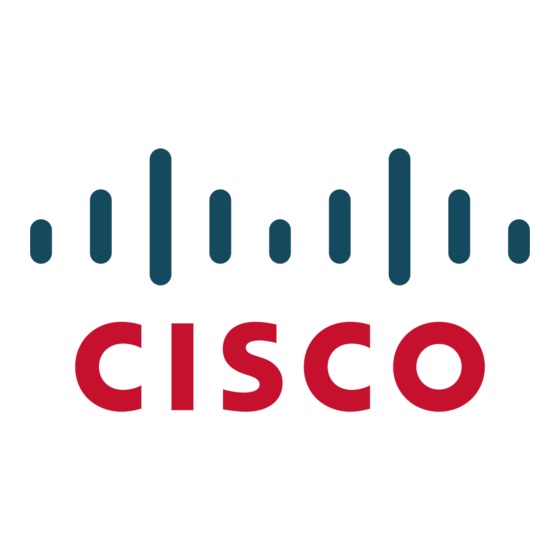Cisco 3600 Series Manual de configuração - Página 14
Procurar online ou descarregar pdf Manual de configuração para Porta de entrada Cisco 3600 Series. Cisco 3600 Series 36 páginas. Memory upgrade
Também para Cisco 3600 Series: Visão geral do produto (10 páginas), Instruções de atualização (30 páginas), Manual do Proprietário (17 páginas), Nota de aplicação (41 páginas), Manual do utilizador (25 páginas), Apêndice (15 páginas), Manual do utilizador (7 páginas), Manual (5 páginas), Nota de configuração (23 páginas), Nota de configuração (18 páginas), Nota de configuração (25 páginas)

